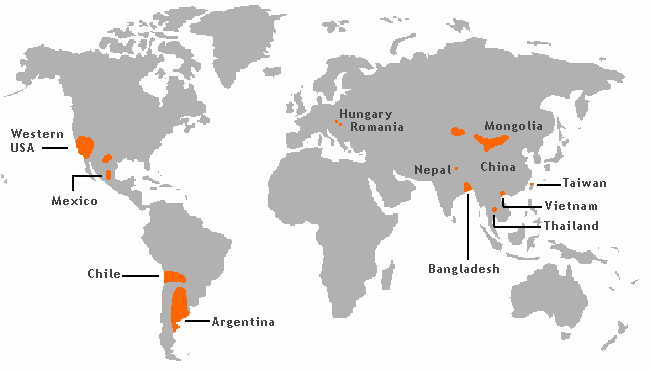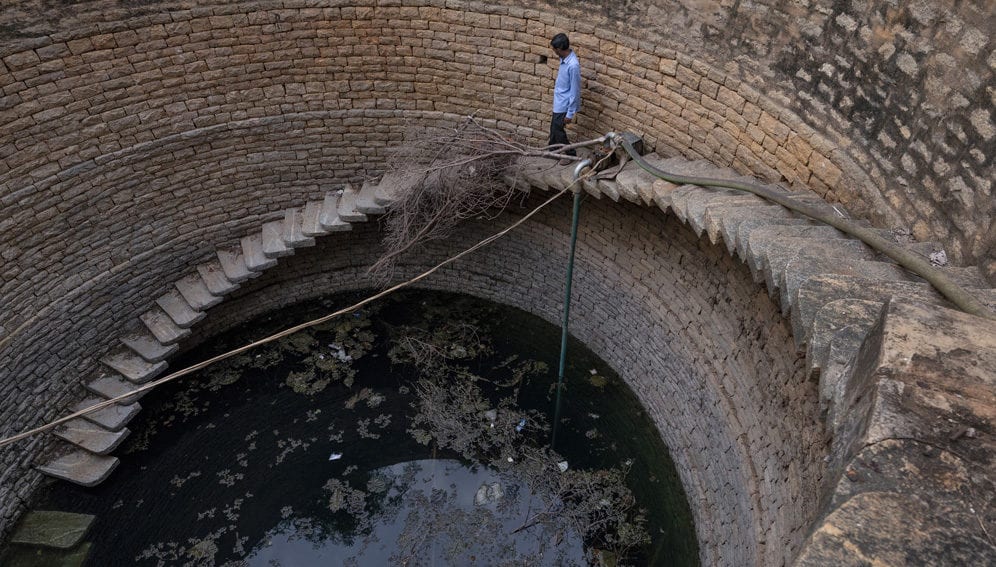By: Fatima Arkin
Send to a friend
The details you provide on this page will not be used to send unsolicited email, and will not be sold to a 3rd party. See privacy policy.
[MANILA] No single method will work in all locations where arsenic needs to be removed from groundwater, says a United Nations University (UNU) review of 31 technologies developed over the past 20 years.
Released on 31 January, the review compares the effectiveness and costs of technologies tested in laboratories or through field trials to remove arsenic in groundwater — a health threat to at least 140 million people in 50 countries, according to the World Health Organisation. Long-term exposure to arsenic in drinking water and food can cause cancer and skin lesions.
“Each country would need to identify [which] technology would be most viable and beneficial given their technical capacity, resources, and social and cultural practices.”
Duminda Perera, United Nations University Institute for Water, Environment and Health
“Each country would need to identify [which] technology would be most viable and beneficial given their technical capacity, resources, and social and cultural practices,” Duminda Perera, senior researcher at UNU's Canada-based Institute for Water, Environment and Health and a co-author of the review, tells SciDev.Net. “Also, they need to consider the level of arsenic prevailing in the groundwater.”
Different technologies are likely to be cost-effective in different areas, such as contamination hotspots versus less contaminated areas, or urban versus rural settings.
The report says any arsenic removal technology must bring drinking water up to the WHO standard, which limits maximum arsenic concentration per litre of water to 10 micrograms.
UNU studied 23 technologies, independently tested in laboratory settings, using groundwater from nine countries — Argentina, Bangladesh, Cambodia, China, Guatemala, India, Thailand, the US and Vietnam. About half achieved the WHO standard, and their efficiencies ranged from 50 to 100 per cent. Technologies that were developed most recently, in 2017, and passed the WHO standard came from the United States (using a ZeroWater® water pitcher filter) and India (using aluminum electrode).
Of the 14 removal technologies that were tested in the field, efficiency levels ranged from 60 to 99 per cent, with only five achieving the WHO standard. Four of these technologies were developed in India: using an electro-chemical arsenic remediation (ECAR) reactor; activated laterite; a combination of sodium bicarbonate, potassium manganite and ferrous chloride; and one that uses ferric hydroxide as arsenic absorbent. The fifth technology that achieved the WHO standard came from China, using iron minerals and limestone..

Arsenic contamination areas. Photo credit: Wikimedia Commons.
For lab-tested technologies, the cost of treating one cubic metre of water ranged from negligible to about US$93, with the exception of one technology which cost US$299 per cubic metre. For field-tested technologies, the cost of treating one cubic metre of water ranged from almost zero to about US$70.
Apart from cost limitations, some of the lab-tested technologies were shown to have harmful impacts such as producing sludge, or to require more research. On the other hand, some methods proved highly effective, eco-friendly and accessible to communities, among other advantages.
Soumya Balasubramanya, a senior researcher at the Sri Lanka-based International Water Management Institute – CGIAR, tells SciDev.Net that the recommendations outlined in the UNU report are important for policy-making in developing countries battling the arsenic crisis. “The authors recommend assessing effective arsenic-removal technologies beyond the laboratory in field settings; and expanding the components of costs to include those of fabrication, installation, repair and maintenance,” she notes.
“From a policy perspective, incorporating these recommendations would provide more realistic estimates of cost-effectiveness of alternative technologies,” adds Balasubramanya. “This is important for ensuring that greater numbers of at-risk populations are provided arsenic-mitigation technologies on limited public funds.”But Yina Shan, a student at McMaster University, Canada, and a co-author of the review, says their evaluation lacks data on the specific costs of the published technologies which is essential for assessing their cost effectiveness.
“For a policymaker to make an informed decision, the knowledge of what is available, at what cost, and with what technical effectiveness is of utmost importance,” she tells SciDev.Net.
This piece was produced by SciDev.Net’s Asia & Pacific desk.














